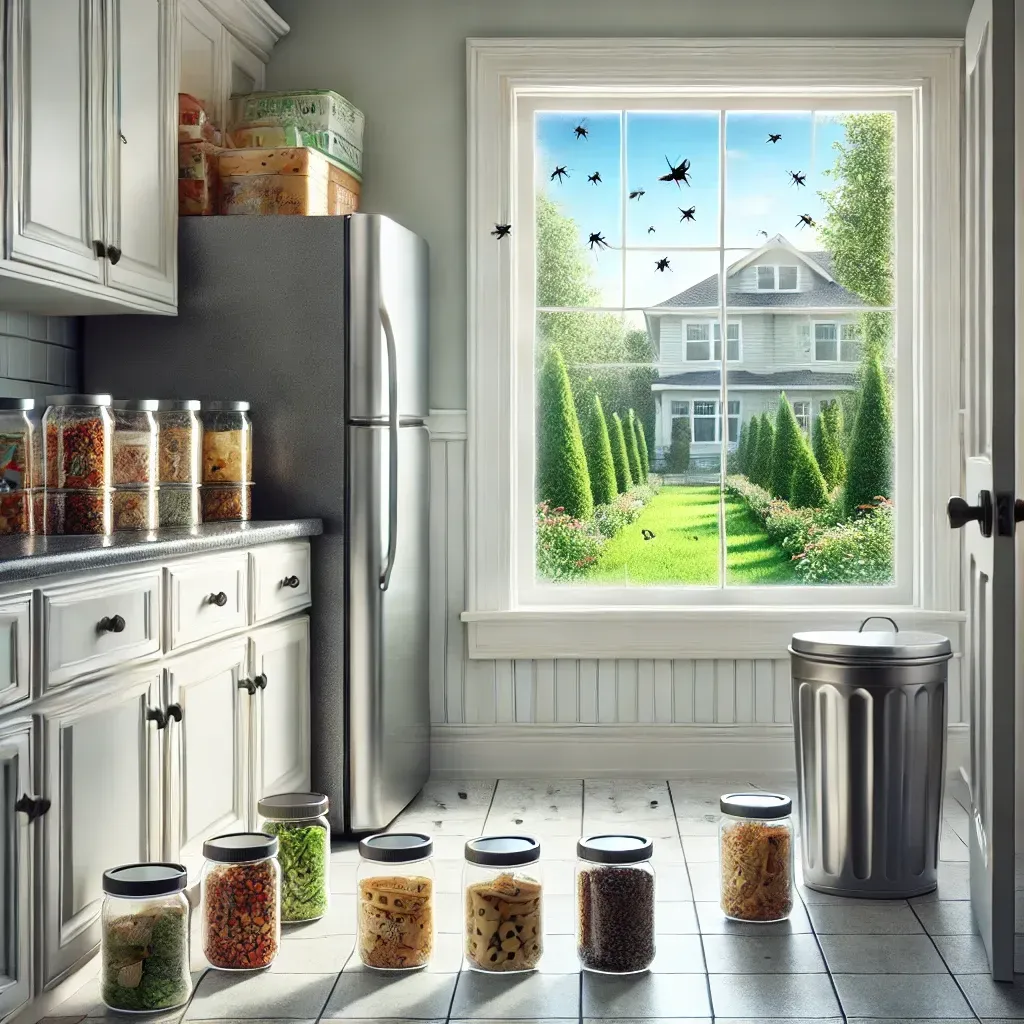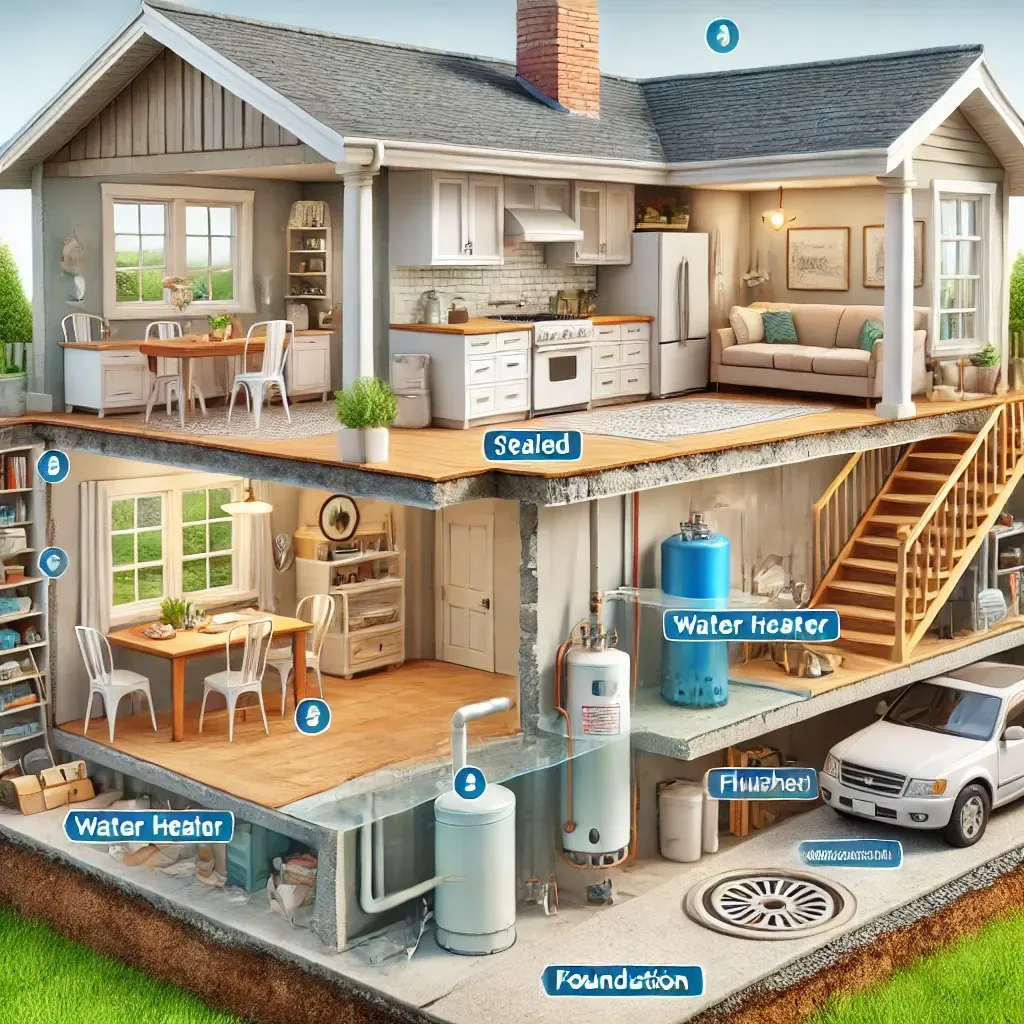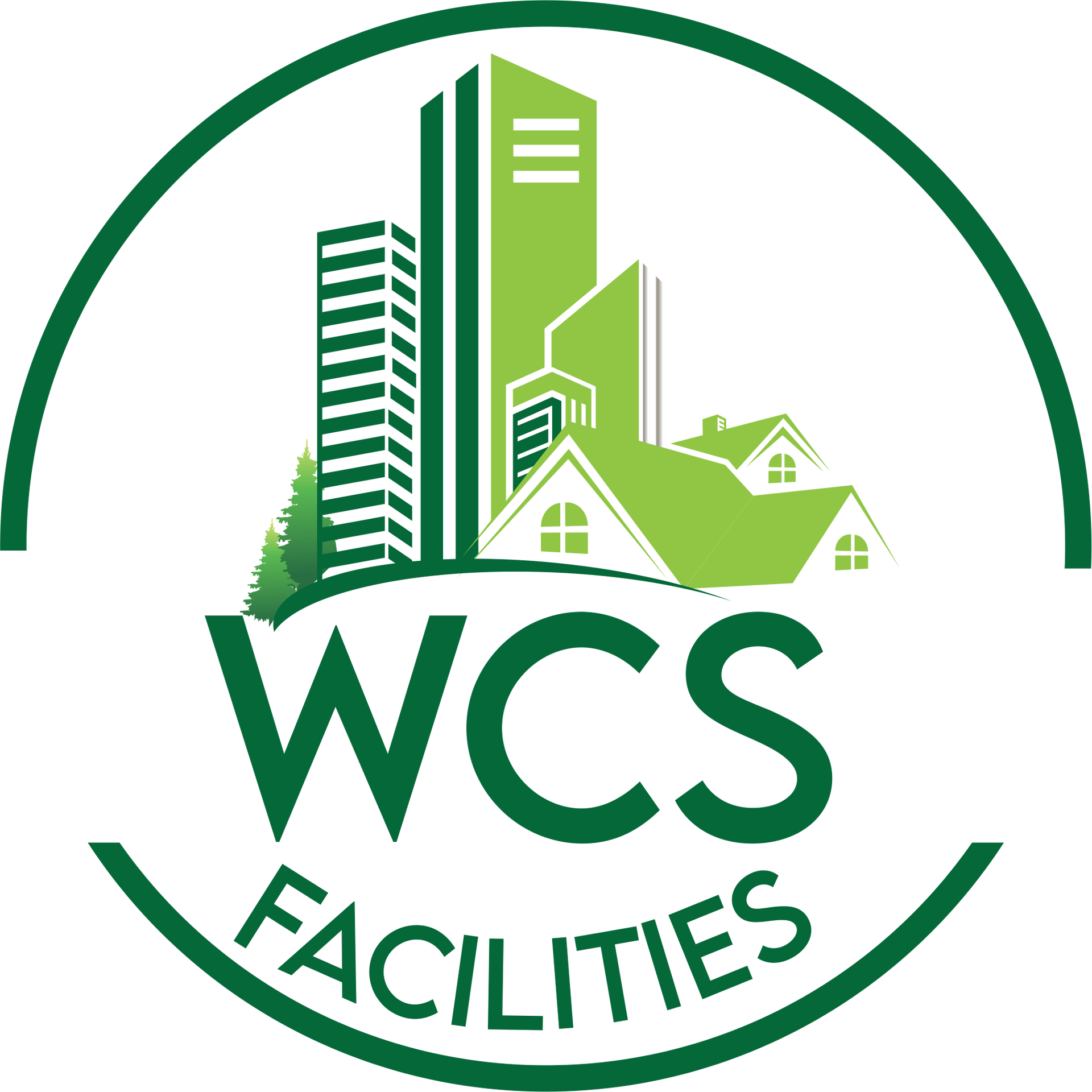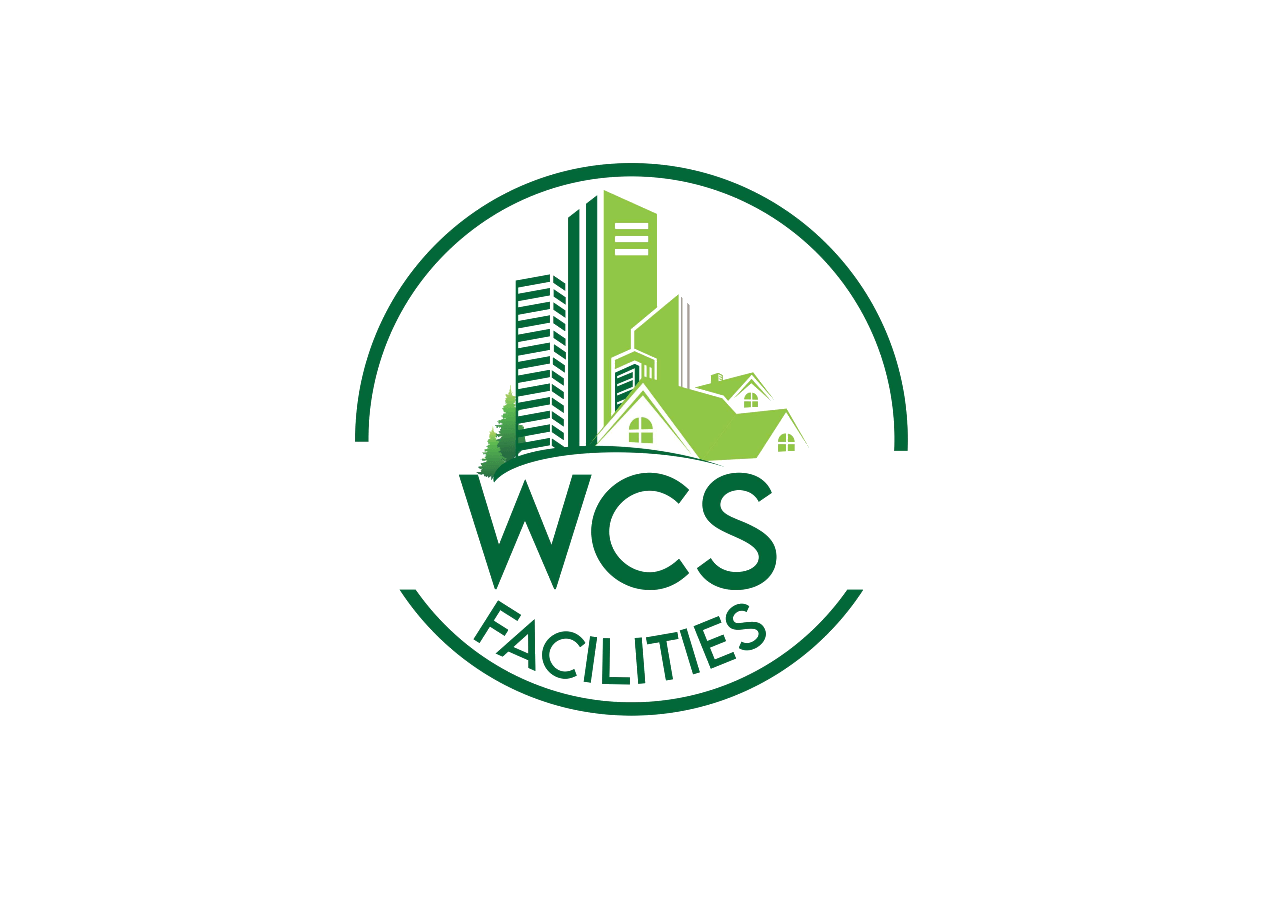Concrete Rehab Mastery: Expert Tips, Lasting Results!
Concrete rehabilitation is critical to maintaining various constructions' structural integrity and durability.
In this exploration of the intricate world of concrete restoration, we aim to provide valuable insights and expert tips for achieving lasting and effective results through
commercial concrete services.
Identifying Common Issues
Concrete deterioration is a natural consequence influenced by various factors. Early signs are vital for effective rehabilitation, and commercial concrete services are instrumental in addressing these issues.
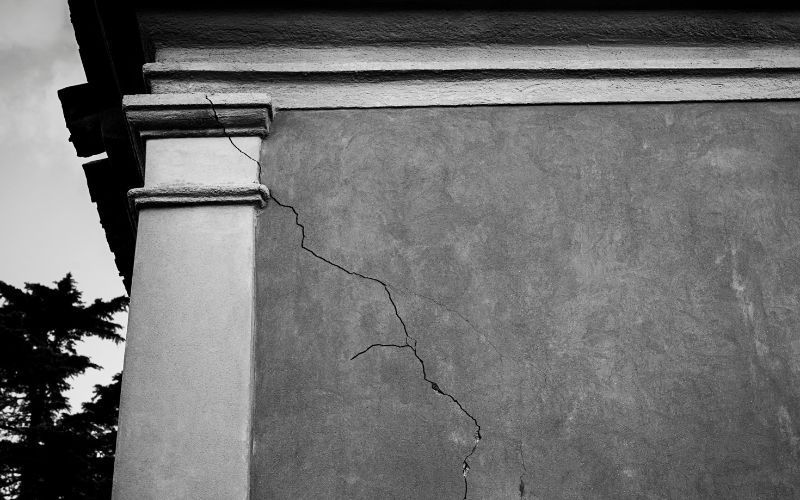
Concrete deterioration is a natural consequence influenced by various factors. Early signs are vital for effective rehabilitation, and commercial concrete services are instrumental in addressing these issues.
Exploring Factors Leading to Concrete Deterioration
Commercial concrete services are pivotal in addressing issues stemming from environmental elements such as exposure to harsh weather conditions, chemicals, and pollutants. Structural stress, poor construction practices, and natural wear over time significantly deteriorate concrete.
Recognizing Signs of Wear and Damage
Early identification of wear and damage signs is crucial for proactive rehabilitation. Look out for cracks, spalling, or discoloration on the surface, as these indicators can reveal deeper structural problems. Timely attention to these issues ensures a more effective rehabilitation process.
Unveiling Underlying Causes of Concrete Problems
Understanding the root causes of concrete deterioration, whether due to alkali-aggregate reactions, corrosion of embedded steel, or freeze-thaw cycles, allows for targeted rehabilitation efforts. Commercial concrete services with expertise in these issues provide tailored solutions for optimal results.
Strategic Approaches to Concrete Rehabilitation
Concrete rehabilitation demands strategic approaches and updated techniques for effective repair. Here are proven methods and advancements contributing to successful concrete restoration.
Learning About Effective Repair and Restoration Methods
Commercial concrete services employ various repair methods, including surface, structural, and crack injections.
Each technique addresses specific issues, ensuring a comprehensive rehabilitation approach tailored to the severity and nature of the concrete damage.
Exploring the Latest Advancements in Concrete Rehabilitation Technology
The field of concrete rehabilitation evolves with technology. Innovations like advanced polymer coatings, high-performance concrete overlays, and non-destructive testing methods enhance the efficiency of the rehabilitation process. Staying informed about these advancements ensures that commercial concrete services provide state-of-the-art solutions.
Choosing the Right Materials and Techniques
Concrete rehabilitation success hinges on selecting suitable materials and techniques. Utilizing durable materials and proven methods enhances the longevity of rehabilitated structures.
Commercial concrete services must carefully consider these factors for lasting and reliable results.
Best Practices for Sustainable Concrete Maintenance
Sustainability is a pressing concern in the construction industry, and concrete rehabilitation is no exception. This section explores eco-friendly approaches, preventive maintenance strategies, and sustainable practices for ensuring the long-term durability of rehabilitated structures.
Discovering Eco-Friendly Approaches to Concrete Rehabilitation
Incorporating eco-friendly materials and methods minimizes the environmental impact. Commercial concrete services committed to sustainability may utilize recycled aggregates, low-carbon concrete mixes, and energy-efficient equipment, reducing their ecological footprint.
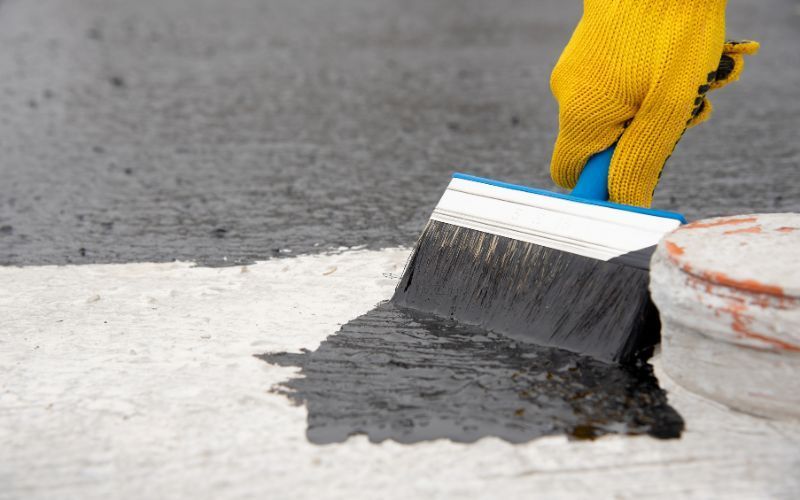
Exploring Strategies for Preventive Maintenance
Preventive maintenance is vital to avoiding extensive concrete damage. Regular inspections, timely repairs, and protective coatings significantly extend the lifespan of structures. Commercial concrete services prioritizing preventive measures contribute to sustainable and cost-effective solutions.
Implementing Sustainable Practices to Extend Lifespan
Proper waste management, responsible sourcing of materials, and energy-efficient construction processes play a vital role in the long-term durability of rehabilitated structures. Choosing commercial concrete services and adhering to these practices ensures a holistic and environmentally conscious approach.
Conclusion
In conclusion, mastering the art of concrete rehabilitation involves understanding deterioration issues, employing strategic repair approaches, and embracing sustainable maintenance practices.
For top-notch commercial concrete services prioritizing expertise and excellence, consider WCS Facilities Management. Call or message us today to explore how our specialized concrete rehabilitation services can enhance the durability and longevity of your structures.
Your satisfaction and the longevity of your structures are our top priorities.
You might also like
